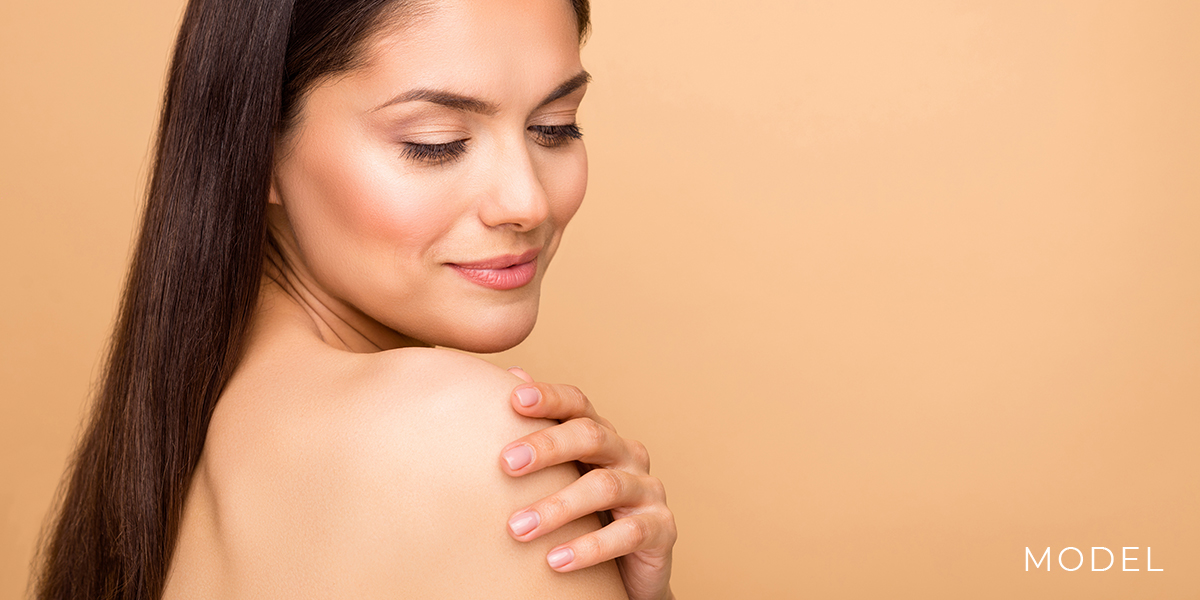 Acne is a common skin condition that affects most people at some point. It occurs when hair follicles underneath the skin become plugged with oil and dead skin cells.
Acne is a common skin condition that affects most people at some point. It occurs when hair follicles underneath the skin become plugged with oil and dead skin cells.
This blockage creates inflammation and leads to acne breakouts in blackheads, whiteheads, pimples, or cysts. The face, back, and chest are most commonly affected. Acne can range from mild to severe, depending on the number and size of pimples.
Types of Acne
There are different classifications of acne based on its severity:
- Mild Acne – Only a few whiteheads, blackheads, or small pimples commonly appear on the face. This is the most common and least severe form.
- Moderate Acne – More whiteheads, blackheads, blemishes, and pimples covering larger areas like the cheeks and forehead. This level warrants treatment.
- Severe Acne – Widespread large pimples and cysts covering most facial areas and possibly the body. Scarring may occur.
- Cystic Acne – The most severe type involving inflammatory nodules and cysts deeper under the skin that are often tender or painful. Cystic lesions are large, usually around 25 mm or larger in diameter, and can cause significant scarring.
Causes of Acne
The leading causes of acne stem from changes in the skin’s oil glands and hair follicles. A few key contributing factors include:
- Dead Skin Cells and Oil Production – The skin’s overproduction of oil (sebum), paired with a buildup of dead skin cells, can plug hair follicles.
- Hormonal Changes or Imbalances – Acne commonly flares up during puberty due to hormonal changes. Fluctuations in hormones like testosterone and DHEA can also trigger breakouts in adults.
Understanding Your Skin Type and How It Affects Treatment Options
Your skin type is an essential factor to consider when determining the best acne treatments. Skin types range from oily to dry:
- Oily skin is prone to excess oil production, worsening breakouts if not correctly managed. Drying treatments may work best.
- Combination skin is oily in some areas like the T-zone but normal or dry elsewhere. A balanced routine is needed.
- Dry skin may require more moisturizing formulations to prevent over-drying and further irritation from acne medications.
Treatment Options for Different Types of Acne
Topical medications are usually the first-line approach for mild to moderate acne. For more severe cases, prescription oral medications and procedures may be necessary.
Here are some topical options:
- Topical Medication – Over-the-counter or prescription creams, gels, and lotions contain ingredients that target acne at different levels of the hair follicle.
- Benzoyl peroxide – Fights bacteria and reduces oil and inflammation. Drying but effective for mild to moderate acne.
- Topical retinoids – Derivatives of vitamin A that speed cell turnover and block pores. They are great all-rounders but may be irritating at first.
- Topical antibiotics – Fight skin bacteria like clindamycin or erythromycin in gel or lotion form. It should only be short-term to avoid resistance.
- Azelaic acid – Lowers oil production and inhibits bacteria and inflammation. Gentle enough for sensitive skin.
- Salicylic acid – Exfoliant that removes dead skin and prevents clogs. Great for blackheads and whiteheads.
Properly cleaning and moisturizing the skin thoroughly with topical acne treatments is essential. This helps medications better penetrate clogs while soothing dryness and redness. With consistency and the right mix of drugs catered to acne type and skin sensitivity, topical options can clear mild to moderate acne over several weeks.
Key Takeaways
Treating acne requires identifying your skin type and tailoring a regimen to your needs. For most cases, addressing underlying causes and consistently applying the proper over-the-counter or prescription topical creams, gels, and washes is effective.
Seek dermatological advice if mild treatments don’t show results within a few months or if acne is moderate to severe. Some patients require oral antibiotics or procedures like blue light therapy in addition to topicals. Managing expectations is also vital – improvement takes time. Don’t pick or pop pimples, which can worsen inflammation and scarring. With patience and the guidance of a skilled dermatology provider, even severe acne is treatable.
Following a targeted skincare plan long-term helps control breakouts and prevents scarring for a confident, clear complexion.


